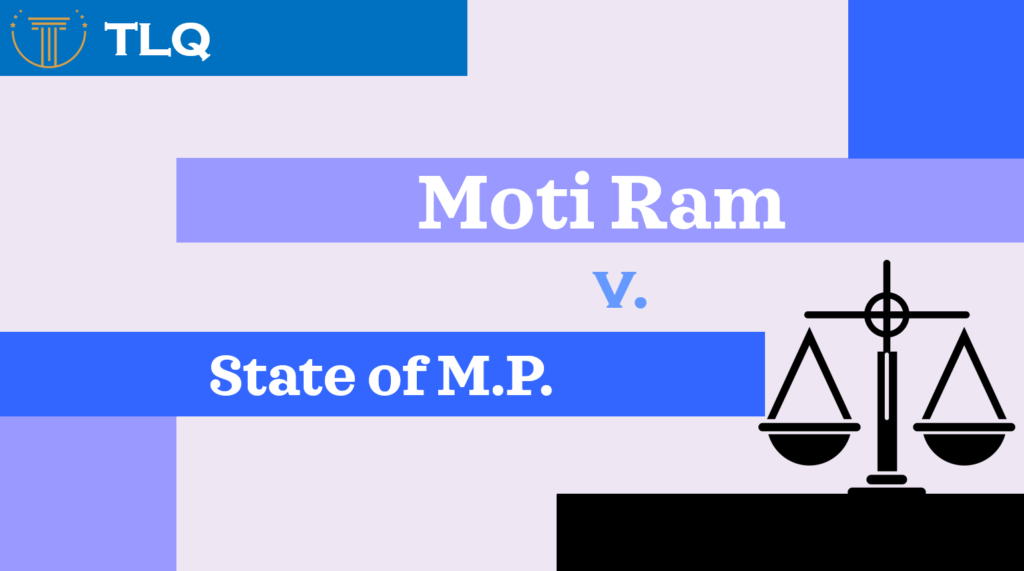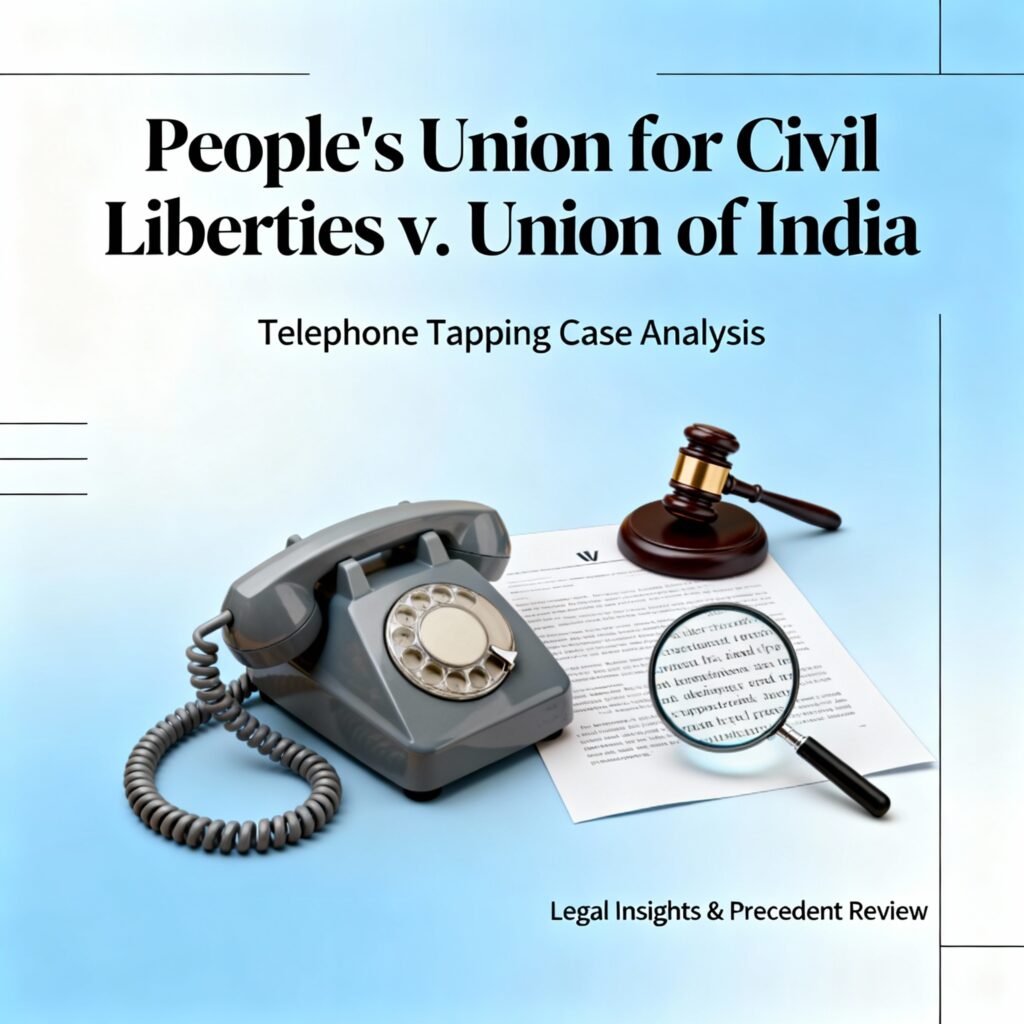Published On: 24th February, 2024
Abstract
In India, feminine power is worshipped, and the Goddess Durga is the deity associated with the practice. For many centuries, females were respected and held power, but it all got worse in the modern era. The question of what affected the position of women and what the challenges they have to go through on a regular basis have been researched in this article. The research objective is to trace the cases in which the subject of sexual harassment against women is dealt with.
Introduction
“I am not free while any woman is unfree, even when her shackles are very different from my own, ” said Audre Lorde, a writer and civil rights activist. Today, many people are standing for the cause of feminism, but the gender gap has not been entirely removed. It still stands there in the picture in some way or another. The acts of sexual harassment can look like asking someone for sexual favors or sexually assaulting them. It can also be in the form of writing someone sexually explicit or obscene text messages or emails. If someone feels pressured by someone to engage in sexual activity or is being touched unwantedly, they are said to be sexually harassed.
Effects of sexual harassment
There is so much damage done to a person when they are sexually harassed. Here is a list of the effects this act has on the victim.
- There are some physical aspects, which include sleep disturbance due to many psychological factors, which leads to stress and, consequently, regular headaches. It can lead to fatigue and heart-related issues.
- Secondly comes mental health, which forms the central part of the adverse effects, and it leads to increased levels of anxiety, depression, panic attacks, and even develops suicidal tendencies. There’s no motivation to accomplish anything.
- The psychology of the victim is affected in a way that they fear everything around them and have a feeling of guilt and shame. There are intervals of anger and loss of control.
The stated effects are just a few in a thousand. In 2013, the Indian government issued a regulation known as “The Sexual Harassment of Women at Workplace (Prevention, Prohibition and Redressal) Rules, 2013”.
“Sexual Harassment at Workplace (Prevention, Prohibition and Redressal) Act, 2013”
In this act, the female victim is defined as the “aggrieved woman means—
(i) a woman who has been subjected to sexual harassment in relation to a workplace.
(ii) “in relation to a dwelling place or house, a woman of any age who is employed in such a dwelling place or house;”
The definition of workplace is also stated in the act as “workplace includes—
(i) “any department, organization, undertaking, establishment, enterprise, institution, office, branch or unit which is established, owned, controlled or wholly or substantially financed by funds provided directly or indirectly by the appropriate Government or the local authority or a Government company or a corporation or a co-operative society;”
(ii) “any private sector organization or a private venture, undertaking, enterprise, institution, establishment, society, trust, non-governmental organization, unit or service provider carrying on commercial, professional, vocational, educational, entertainment, industrial, health services or financial activities including production, supply, sale, distribution or service;”
(iii) “hospitals or nursing homes;”
(iv) “any sports institute, stadium, sports complex or competition or games venue, whether residential or not used for training, sports or other activities relating thereto;”
(v) any place visited by the employee arising out of or during the course of employment, including transportation by the employer for undertaking such journey;
(vi) a dwelling place or a house;”
According to the site of Forbes India it is reported that, “The number of pending sexual harassment cases at workplaces in India’s largest companies shows an alarming rise of 101 percent in the year ending March 2023, indicating a huge backlog of complaints and the companies’ inability to resolve such cases in a timely manner.”
Cases
- “Vishakha and others v State of Rajasthan”[1]– it is one of the landmark cases when we deal with the topic of sexual harassment. The facts of the case are such that a social worker, with all her efforts, volunteered against a child marriage event and became successful in that but was threatened for the same. She was subsequently gang raped by the harassers, and they termed it as their revenge. As a result, the case was filed, and the ruling came in the form of Vishaka Guidelines. It was held that the sexual harassment of a person is a violation of Articles 14,19 and 21.
- “Sodhi vs Union of India[2]” – in this case, it was held that the nature of sexual harassment can be subjective in experience and can differ from one to another. Men often perceive some types of sexual harassment as “harmless social interactions,” to which only really sensitive women would take offence, according to observations. The stereotypically masculine perspective presents sexual harassment as a relatively harmless form of entertainment. Men may see sexual activity in a vacuum and fail to recognize the social context or the underlying threat of violence that women may perceive, despite the fact that they are rarely the victims of sexual assault.[3]
To inform and provide awareness to people for the same, the Ministry of Women and Child Development has also uploaded on their site a handbook in which all the information regarding the act is laid down. It is mentioned that after the case of the social worker mentioned above, whose name was Bhanwari Devi, the women’s groups and Vishaka filed a Public Interest Litigation before the Supreme Court.
In the handbook, even the scenarios are illustrated for a better understanding of the situations that constitute sexual harassment in the workplace.
Conclusion
After doing some research on the following topic, it becomes clear that even if the act is in place, some women today also face injustice and are subject to unwanted gestures. The law and justice are considered whenever such instances happen in the country. Above all, more information and knowledge about an act can help a person a lot in order to save oneself and others.
Citation
- —— ‘Sexual Harassment | RAINN’ (RAINN | The nation’s largest anti-sexual violence organization) www.rainn.org/articles/sexual-harassment#:~:text=What%20is%20sexual%20harassment?,Employment%20Opportunity%20Commission%20(EEOC). accessed 9 January 2024
- —— Handbook on Sexual Harassment of Women at Workplace. pdf https://wcd.nic.in/sites/default/files/Handbook%20on%20Sexual%20Harassment%20of%20Women%20at%20Workplace.pdf accessed 9 January 2024.
- —— ‘Case Analysis- Vishaka and others v/s State of Rajasthan’ (Legal Service India – Law, Lawyers and Legal Resources) www.legalserviceindia.com/legal/article-374-case-analysis-vishaka-and-others-v-s-state-of-rajasthan.html accessed 9 January 2024
[1] Vishaka & Ors. V/S State of Rajasthan (Air 1997 Sc 3011)
[2] Dr. Punita K. Sodhi vs. Union of India, 2010 172 DLT 409
[3] Handbook on Sexual Harassment of Women at Workplace.




